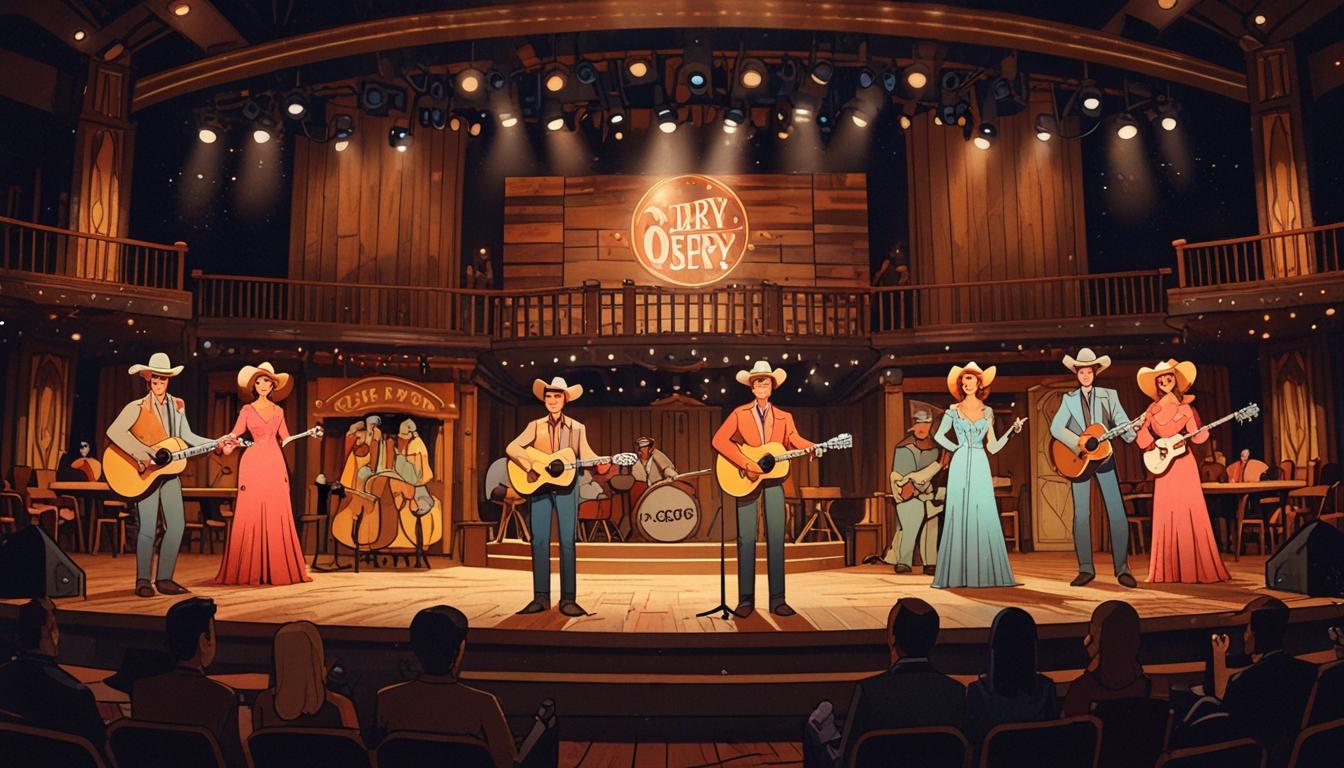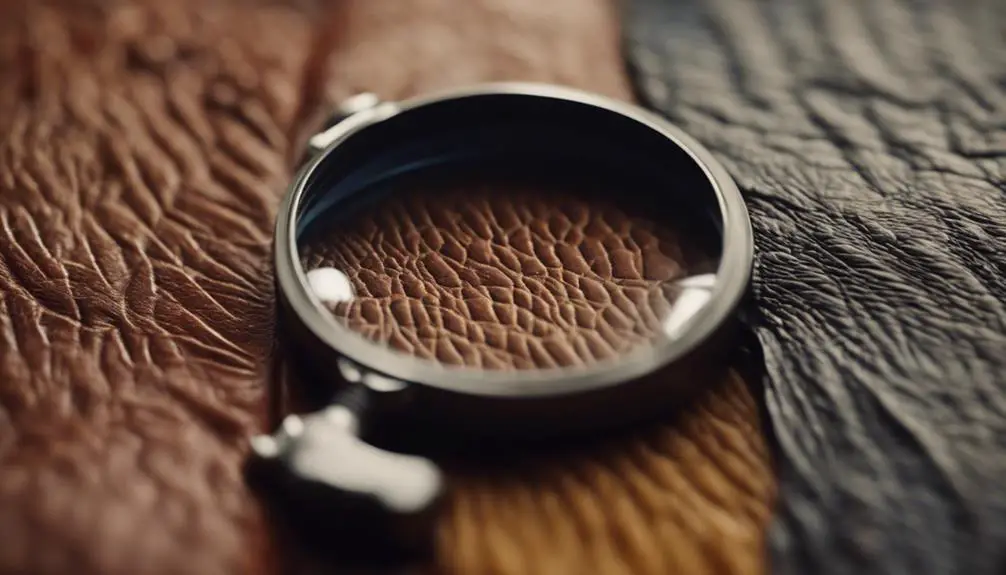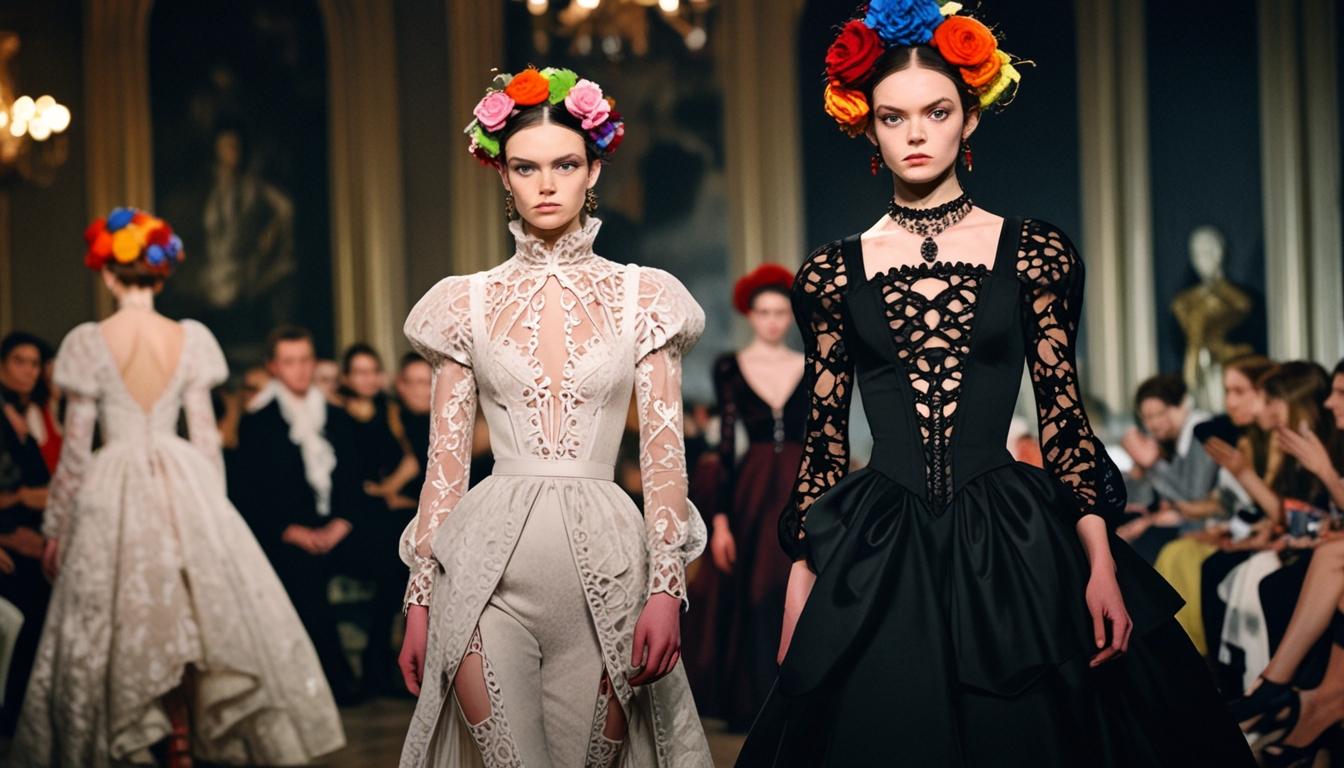Marking its centennial, the Grand Ole Opry honors a century of country music and stage style evolution, from rustic hillbilly roots to rhinestone-studded cowboy suits, highlighted in the new book “100 Years of Grand Ole Opry: A Celebration of the Artists, the Fans, and the Home of Country Music.”
The Grand Ole Opry, renowned as country music’s most famous stage and radio show, is celebrating its 100th anniversary this year with an array of special performances, honors, and a recently aired three-hour NBC television special. Alongside these commemorations, a new comprehensive book titled 100 Years of Grand Ole Opry: A Celebration of the Artists, the Fans, and the Home of Country Music has been published, authored by Nashville writer Craig Shelburne in collaboration with members of the Opry. This richly illustrated volume explores the institution’s vibrant history through photographs capturing moments from backstage to the spotlight, detailing how the Opry has evolved over the past century.
A notable chapter, “You’re Lookin’ at Country,” delves into the evolution of stage costumes on the Opry, particularly the arrival and enduring appeal of cowboy clothing and the dazzling rhinestone-studded “Nudie suits” that have become synonymous with its performers. The Opry’s origins trace back to a barn dance radio show, where performers initially wore rustic attire such as overalls, hickory shirts, and worn hats. An early 1934 Tennessean article recounted how performers, including star Uncle Dave Macon, began dressing the part to enhance the show’s “hillbilly” image, transforming WSM’s Studio C into a venue accommodating five hundred fans per two-hour segment who could experience this aesthetic as well as the music.
As more professional musicians joined the Opry, some found the “hillbilly” look limiting and sought inspiration from the popular cowboy films of the era. Artists like Zeke Clements, Texas Ruby Owens, and Pee Wee King embraced the cowboy style, forming bands with Western-themed names and donning colorful cowboy hats and outfits. The 1940s saw the rise of flamboyant Western wear crafted by tailors such as Rodeo Ben of Philadelphia and Nudie Cohn of Hollywood, a Jewish immigrant who popularized the iconic rhinestone-encrusted Nudie suits.
Little Jimmy Dickens made a historic impression in 1949 as the first Opry member to wear a Nudie suit, setting a trend among young stars. Throughout the 1950s, performers such as Hank Snow and Porter Wagoner dazzled audiences with elaborate and highly personalized suits featuring embroidered trains, Conestoga wagons, and other motifs, signaling their star status before the audience even heard their voices.
Women’s stage attire at the Opry in the 1950s tended to be more conservative, with performers like Minnie Pearl known for her frilly dress and humorous hat tags, and Kitty Wells and Wilma Lee Cooper adopting modest dresses that matched their country sound. However, the 1960s ushered in a shift toward more fashionable choices, with Patsy Cline introducing elegant cocktail dresses, often made by her mother, and male singers from the Nashville Sound era opting for sleek, modern suits.
The 1970s brought greater self-expression among female artists. Loretta Lynn embraced floor-length gowns, Dolly Parton became famous for her embellished bell-bottom jumpsuits, and Dottie West increased the glamor quotient by wearing stage outfits designed by Bob Mackie, renowned for his work with Cher and Carol Burnett. This period marked a departure from traditional expectations for women’s appearance in country music.
The Outlaw and Urban Cowboy phases in country music introduced a more casual style, featuring jeans, cowboy boots, and Western shirts, which became common among both artists and fans. The 1990s saw this aesthetic sharpen again, with cowboy hats and crisply ironed jeans worn by stars such as Clint Black, Terri Clark, and Alan Jackson. In the 2000s, bluegrass performers like the Del McCoury Band, Ricky Skaggs, and Rhonda Vincent upheld the tradition of dressing sharply for their audience.
Today’s Opry stage showcases a blend of historical fashion traditions. Banjo player and comedian Mike Snider occasionally wears overalls, Riders in the Sky maintain a classic Western look, and Marty Stuart and His Fabulous Superlatives consistently wear custom-tailored Western suits. For their Opry inductions, artists like Mark Wills, Terri Clark, Jamie Dailey, and Jamey Johnson have sought out Nashville’s esteemed designer Manuel Cuevas, a protégé of Nudie Cohn.
Contemporary fashion-forward Opry performers continue to draw inspiration from the glamour of past decades. Carrie Underwood recently remarked, speaking to Rolling Stone, “I always try to dress a certain way for the Opry because of the rich tradition established by women at the Opry. You look at the pictures on the walls, they’re just stunning. And they really respected the Opry and wanted to dress a certain way. I try my best to keep that going.”
This detailed fashion history, excerpted from 100 Years of Grand Ole Opry: A Celebration of the Artists, the Fans, and the Home of Country Music, highlights how the institution has continually woven image and style into its musical legacy, reflecting changes across country music’s evolving landscape. The book, published by Abrams with photography credits featured in its pages, offers fans a vivid portrait of an iconic American music institution over the past century.
Source: Noah Wire Services





Having gone through a similar experience myself, I found your account both relatable and reassuring. It’s comforting to know others have navigated these same challenges. For a comprehensive analysis, refer to Tool Collection.